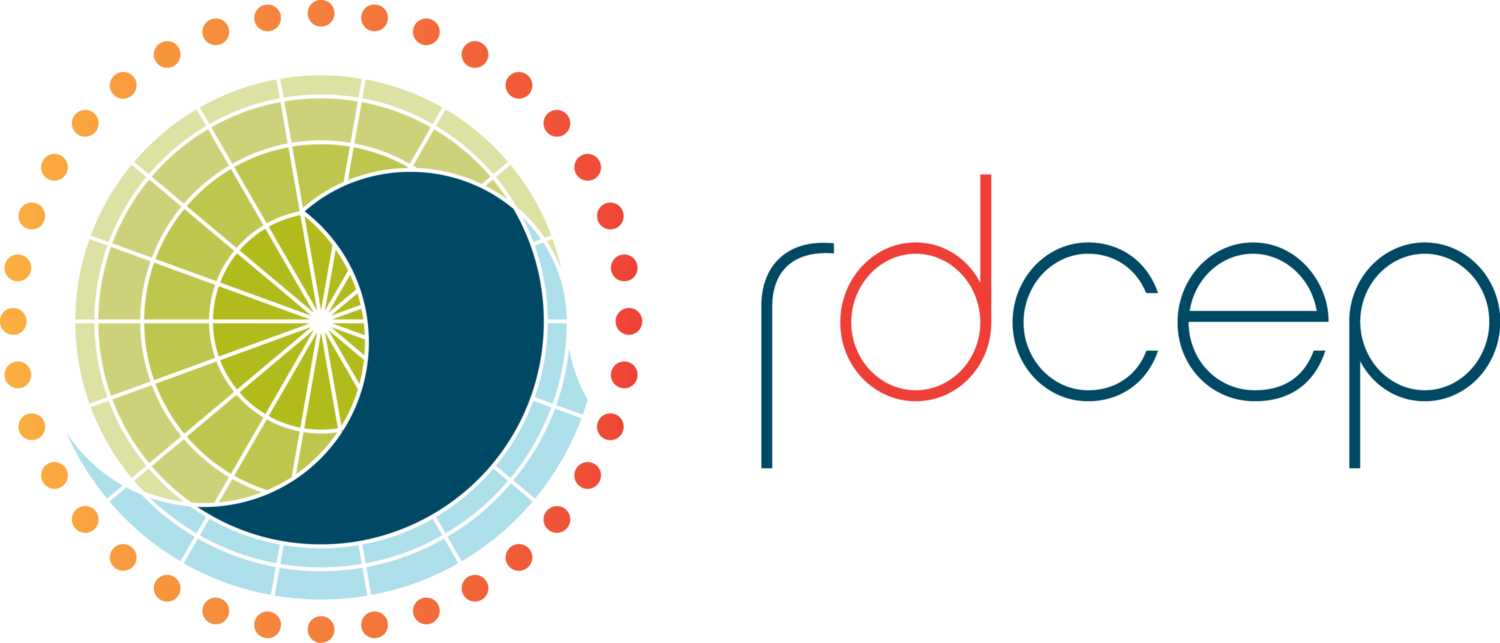Climate model emulation
/The study of future climate change necessarily involves numerical simulations. However, the state-of-the-art general circulation models (GCMs) used to producing climate projections are highly computationally demanding, so that century-long model runs may take months of calendar time to complete. GCMs are therefore too unwieldy for use in many contexts, especially in policy analysis. Analyses that involve optimal policy determination or uncertainty quantification require repeated iterations of climate projections for different CO2 trajectories, something that is computationally prohibitive with GCMs. We therefore seek techniques that capture (emulate) the behavior of GCMs but in computationally leaner tools that are useful in climate impacts assessments and other policy analyses requiring rapid climate projections.
We have developed a new approach for emulating the output of a GCM under arbitrary forcing scenarios using only a small set of precomputed runs from the model. We express temperature and precipitation are expressed as simple functions of the past trajectory of atmospheric CO2 concentrations, and fit the statistical model using a "training set" of model output (Castruccio et al, 2014). The approach captures the nonlinear evolution of climate anomalies shown in coupled climate models, and, once the statistical model is fit, produces emulated climate output effectively instantaneously. In our 2014 paper, we demonstrated emulation of temperature and precipitation over sub-continental regions. In current work, we have extended emulation to individual model grid cells, by incorporating information about spatial correlations (Figure 1 below).
Figure 1: Improving emulation by incorporating spatial information. Figure shows model output from CCSM3 (grey, mean of five realizations) and emulations with various models (colored) for scenarios with an abrupt drop (Left) and jump (Right) in CO2 concentration. Top And bottom rows show two different example grid cells (A and B are in North America, C and D in central africa). The spatio-temporal statistical model Is shown in red. the spatio-temporal emulator adequately captures temperature trends At pixel level even when CO2 IS CHANGING RAPIDLY.
Multi-model emulation:
In the work described above, we demonstrate emulation on a single climate model, CCSM3, with a custom-designed training set. In current work, we are extending the technique to emulate all major state-of-the-art GCMs, using only publicly available archived model output in the CMIP5 archive. We have tested 22 individual CMIP5 models to date; in all the simple emulation approach captures regional temperature evolution well.
Figure 2: Emulation of global mean temperature evolution FOR TWELVE GCMS under the IPCC RCP4.5 scenario of future CO2. each Model is emulated separately., with the emulator trained on model temperature output generated with the RCP60 and RCP85 CO2 scenarios. Emulation (blue) adequately captures actual GCM output (black).
Our work in multi-model emulation also includes evaluation of how small training sets can be (in terms of multiple scenarios or realizations) to maintain adequate emulation, and physical interpretation of the fitted emulation parameters for each model. These fitted parameters offer a metric with interpretable physical significance that allows us to characterize and classify climate models.
People:
Elisabeth Moyer | Aidan Sadowski | Michael Stein | Shanshan Sun | Andrew Poppick | Jingyu Bao
Alumni:
Feifei Liu Crouch | William Leeds | David McInerney













